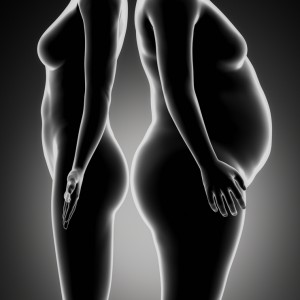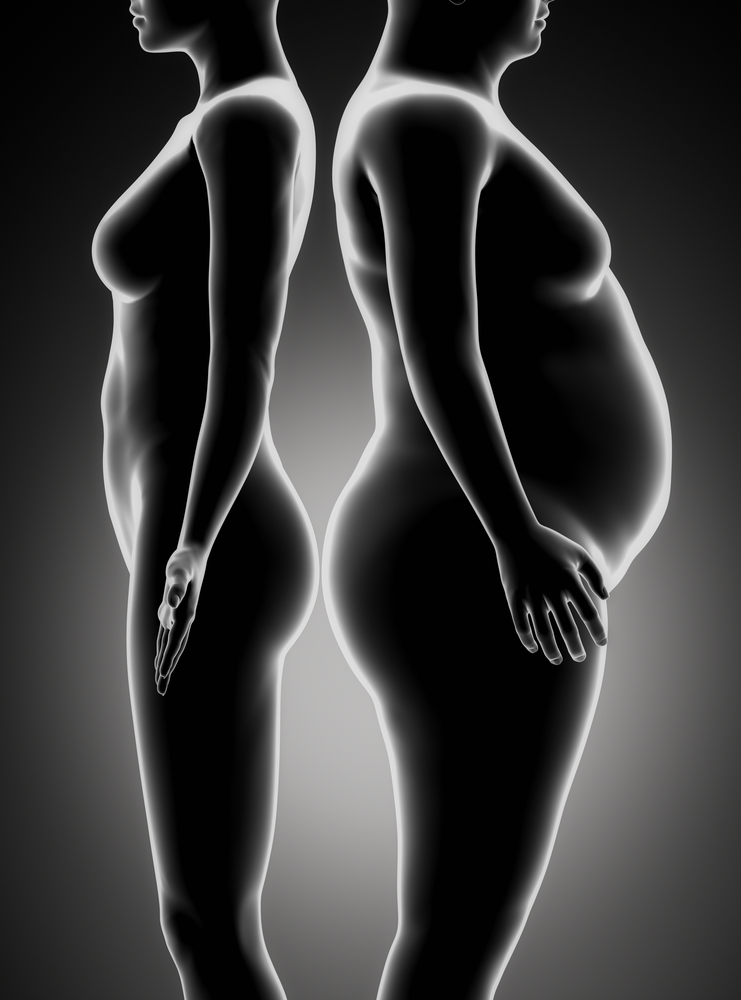 A paper published in the latest issue Plastic and Reconstructive Surgery, the official medical journal of the American Society of Plastic Surgeons (ASPS), highlights the unique challenges that plastic and reconstructive surgeons face when treating patients who have previously undergone bariatric surgery for morbid obesity. Dr. Kailash Narasimhan, MD, and his colleagues at the University of Texas Southwestern Medical Center in Dallas conducted a retrospective chart review study of patients over a 25-year period with the aim of evaluating technique effectiveness for successful facial rejuvenation in patients who have lost a substantial amount of their pre-surgery weight.
A paper published in the latest issue Plastic and Reconstructive Surgery, the official medical journal of the American Society of Plastic Surgeons (ASPS), highlights the unique challenges that plastic and reconstructive surgeons face when treating patients who have previously undergone bariatric surgery for morbid obesity. Dr. Kailash Narasimhan, MD, and his colleagues at the University of Texas Southwestern Medical Center in Dallas conducted a retrospective chart review study of patients over a 25-year period with the aim of evaluating technique effectiveness for successful facial rejuvenation in patients who have lost a substantial amount of their pre-surgery weight.
Obesity rates in the U.S. are currently at epidemic levels and are associated with severe psychological and physical health impacts on patients. For many obese patients who are unable to lose the weight by food intake modification and/or increased physical activity, bariatric procedures provide a possible alternative method for successful weight reduction. These procedures include those that cause weight loss by restricting the amount of food the stomach can hold, those that cause weight loss primarily as a result of malabsorption of nutrients, and those that cause weight loss both by gastric restriction and malabsorption.
Obese patients who have undergone bariatric surgery and have successfully lost the weight are often left with excess, sagging skin affecting all areas of the body including the face. These patients often undergo procedures called body contouring to remove excessive skinfolds in upper and lower body. In the facial area, this excess skin causes cosmetic problems like a “droopy” face and “turkey” neck. According to Dr. Narasimhan, “Massive weight loss surgery patients in general have a large amount of redundant skin and soft tissue. Patients are particularly displeased with their post bariatric face and neck because they cannot camouflage this area with clothing.”
With an aim to increase patient’s satisfaction with their post-bariatric face and neck, Dr. Narasimhan, and colleagues outline their technique for facelift surgery in patients who have lost 100 pounds or more after bariatric surgery. The researchers reviewed the charts from Dr. Rod J. Rohrich, M.D., F.A.C.S., the senior author’s 25 year practice. Data concerning body mass index (BMI), surgical techniques used (when available), and intraoperative and postoperative complications were collected. Out of the 1,089 patients, 22 fit the research criteria and had their data analyzed for the study. Of these, 15 (68 percent) were women and seven (32 percent) were men. On average, study patients’ weight was stable for a minimum of 6 months before face-lift surgery, and average follow-up of patients was 2.3 years in the 20 of 22 patients. The findings of the review included:
- Nineteen patients (86 percent) had volume loss in the midface and nasolabial groove regions.
- Thirteen patients (59 percent) had perioral volume loss, all had skin excess and redundancy in the jowl and submental region, and 18 (82 percent) had documented platysmal bands.
- The superficial musculoaponeurotic system (SMAS) was addressed in 20 patients (91 percent) with a SMASectomy.
- Fat augmentation was performed in all patients.
- On average, almost twice as much fat was used (22 ml versus 12 ml in non–massive weight loss patients).
When discussing these findings, the authors concluded that, “Clearly, our understanding of facial aging is more evolved than our understanding of massive weight loss changes in the skin and soft tissue. However, gross changes in massive weight loss patients do mimic age-related changes. There are common techniques that can enhance results, such as: (1) Individualized components analysis can be used; (2) to treat laxity of skin and deflation of fat compartments, twice as much fat augmentation is needed; (3) SMASectomy is used for redundant skin; and (4) SMAS neck suspension sutures are used in thicker-skinned patients. These strategies will help achieve the goals we all strive for in all of our facial rejuvenation patients.”


